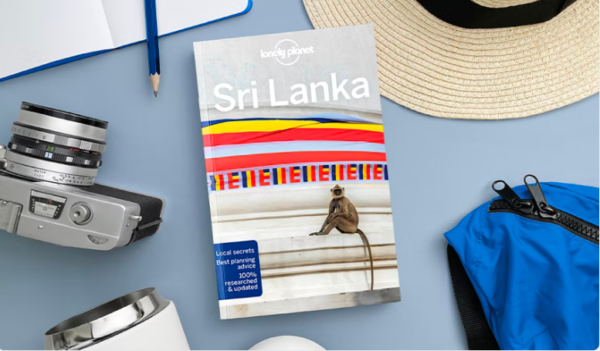General
When to visit Sri Lanka: the best times to go for the beach, the festivals, and to beat the crowds
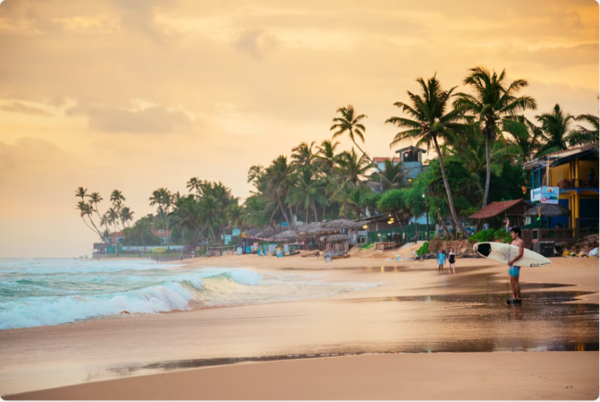

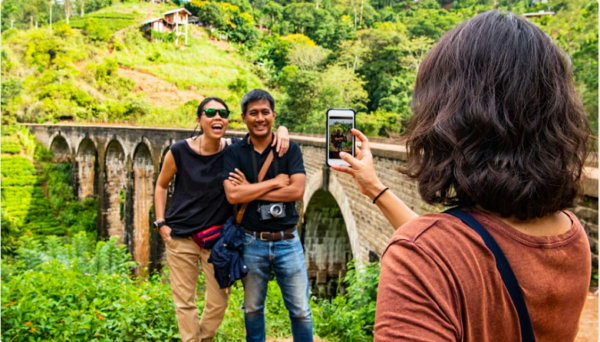

From finding the sweet spot between the monsoons, to experiencing the liveliest cultural festivals, here are the best times to visit Sri Lanka © Cavan Images / Getty Images
Source:.lonelyplanet.com
If anywhere deserves the title of a true year-round destination then it’s Sri Lanka. Like neighboring Maldives, its proximity to the equator ensures pleasantly warm, stable temperatures whatever the season, while its annual dual monsoons means that while one side of the country is taking a soaking, the other is primed for afternoons on the beach.
On top of this is a calendar chock-full of festivals and holidays, offering a unique cultural highlight for visitors almost every month. So whether you’re looking for the best time to hit the beach, spot wild elephants in a national park, hike to the summit of Adam’s Peak, or simply avoid the tourist crowds, here’s our guide to the best time to visit Sri Lanka.
High season in December to April is the best time to hit the beach
Sri Lanka’s high season coincides with the coming of the best weather in the south and west of the country, meaning popular resorts like Hikkaduwa and Mirissa are at their most idyllic, but also busiest. However, the Maha monsoon season (October to January) keeps The East, north and Ancient Cities regions wet.
Sri Lanka is a year-round wildlife-watching destination but generally the best times to spot elephants, leopards and buffalo align with the main November-to-April tourist season. At this time of year all the big parks are open and the dry conditions mean that animals start to gather around water holes, making them easier to spot (especially so between February and early April).
Shoulder season (September to October and April) is the best time for exploring the whole country
Squeezed between the two main monsoons, Sri Lanka’s two shoulder seasons offer the best weather right across the country, with fewer crowds and lower prices. April, however, does coincide with Sinhala and Tamil New Year, which can cause transport troubles as people move around the country. This is a good time for trekking in the Hill Country or climbing Sigiriya, with the weather mostly dry but not as hot as in the height of summer.
September, and sometimes August, also sees 200 or more elephants group together for several weeks in one spot in Minneriya National Park. The event, known as “The Gathering” where baby elephants can be spotted too, is considered one of Asia’s great wildlife spectacles.
Get more travel inspiration, tips and exclusive offers sent straight to your inbox with our weekly newsletter.
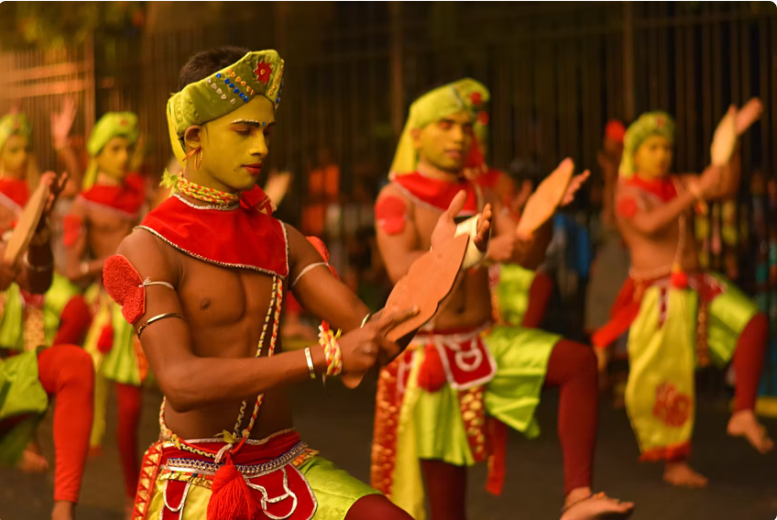

The 10-day Esala Perahera festival takes place across Sri Lanka in July © SamanWeeratunga / Shutterstock
Low season in May to August is the best time to avoid the crowds
Low season in Sri Lanka starts with the coming of the Yala monsoon in May, which pounds the west and south, as well as the Hill Country, through August. This is the best time for trips to Jaffna in the north or the chilled-out resorts along the east coast, like Arugam Bay, known for their laid-back surf scene. Accommodation prices during this period are generally lower and crowds thinner.
Despite the Yala monsoon, many must-see festivals take place during this period. Among the best of them is Vesak Poya, a two-day festival in May where colored lights adorn every Buddhist home, shop, and temple. There’s also the vibrant Esala Perahera in Kandy, where thousands of dancers and drummers form a giant procession through the town.
January has fine weather and lots of tourists
January sees the peak of the tourist season in Sri Lanka. Crowds may be at their largest, but fine weather in the south and west makes it an all-round appealing time to visit the country. Additionally, many popular towns host major events during the first month of the year. This includes Duruthu Perahera in the capital Colombo, a lavish festival of lights, dances, and parades to celebrate the first of Buddha’s visits to Sri Lanka. Elsewhere, Galle‘s somewhat more sedate annual literary festival takes over the city’s Unesco-protected fort.
Key events: Duruthu Perahera, Thai Pongal, Galle Literary Festival.
Independence Day is celebrated in February
Visitor numbers are still high in February, with wintering Europeans baking themselves silly on the beaches in the dry winter weather. This is a busy month for Sri Lankans, with Independence Day early in the month, commemorated with festivals, parades, fireworks, and sporting events across the nation.
Key event: Independence Day.
March marks celebrations in the Shaivite community
Visitor numbers decline but the festival of Maha Sivarathri in early March (or late February) brings a flurry of activity, with Hindus commemorating the marriage of Shiva to Parvati with all-night vigils and more. It’s the most important day for Shaivites, who comprise the majority of Sri Lanka’s Hindus.
Key event: Maha Sivarathri.
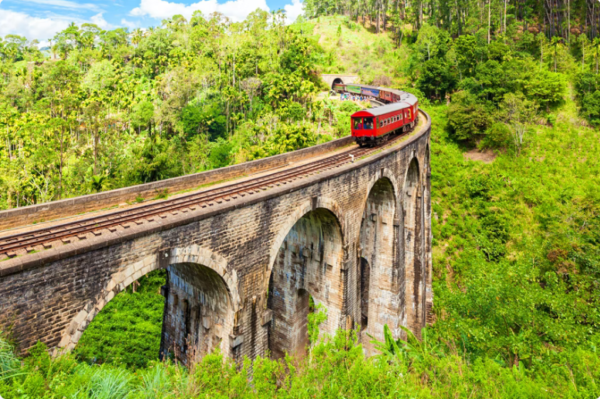

Trains and buses will be very busy in April as people travel at the start of the New Year holidays © saiko3p / Shutterstock
There’s warm and dry weather across most of Sri Lanka in April
Warm and dry across the majority of the country, and outside the prime tourist period, April is a great month to be in Sri Lanka. Although Christians comprise only six percent of Sri Lanka’s population, Christian festivals – including Easter, which usually falls in April – are still celebrated with gusto (don’t be surprised if you see the Easter bunny adorning a few shop windows). A more significant event in April is Aurudu (New Year), with New Year’s Eve (April 13) and New Year’s Day (April 14) nonreligious holidays. Over the days before and after, buses and trains are jammed as people flee from big cities to home villages. Ramadan also tends to fall in April or May, with some Muslim-owned businesses closing during daylight hours.
Key event: Aurudu (New Year), Ramadan.
May marks the start of the Yala monsoon
The Yala monsoon blows in for five months, bringing heavy rains from the Indian Ocean that drench the Hill Country and the beach towns along the south and west coast, sending tourists scurrying. Despite the downpours, the country’s cities become particularly picturesque during Vesak Poya, a two-day festival where coloured lights adorn every Buddhist home, shop, and temple – night-time Colombo in particular is a riot of color.
Key events: Vesak Poya, Eid ul-Fitr.
The east coast beaches dodge the monsoon in June
The ongoing monsoon means tourist crowds are scarce through most of the country in June, with the exception of the east coast beaches which avoid the rain. Meanwhile, another major Buddhist event, the Poson poya, gets underway. The celebration of the introduction of Buddhism to Sri Lanka sees festivities take place in the temples of Anuradhapura, while, nearby, thousands of white-clad pilgrims ascend the calf-busting 1843 steps to Mihintale’s Dagoba.
Key event: Poson Poya.


